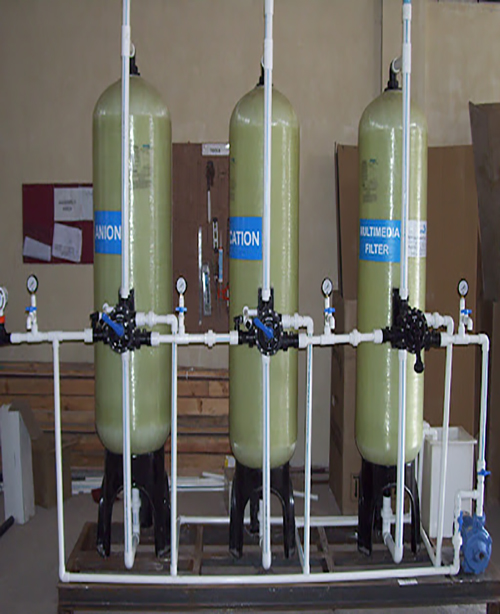
DeMineralization Plants
We have 10+ years of experience with providing wide area of specialty services works listed below
Hydroflux Engineering Pvt Ltd is a leading provider of De-Mineralization (DM) plants, offering advanced solutions for water purification in various industries. Our DM plants are designed to remove dissolved salts and minerals from water, producing high-quality demineralized water suitable for a wide range of industrial applications.
Key Features of Our De-Mineralization Plants:
Ion Exchange Technology: Our DM plants utilize ion exchange resins to effectively remove dissolved salts, minerals, and other impurities from water, ensuring superior demineralization and purity.
Customized Design: Each DM plant is custom-designed to meet the specific requirements and water quality standards of our clients' applications, ensuring optimal performance and efficiency.
High Purity Output: Our DM plants are engineered to produce water with extremely low conductivity and total dissolved solids (TDS) levels, meeting the stringent purity requirements of various industrial processes.
Whether you need demineralized water for boiler feed, pharmaceutical manufacturing, or electronics production, Hydroflux Engineering has the expertise and experience to deliver customized DM plant solutions tailored to your specific needs.


















